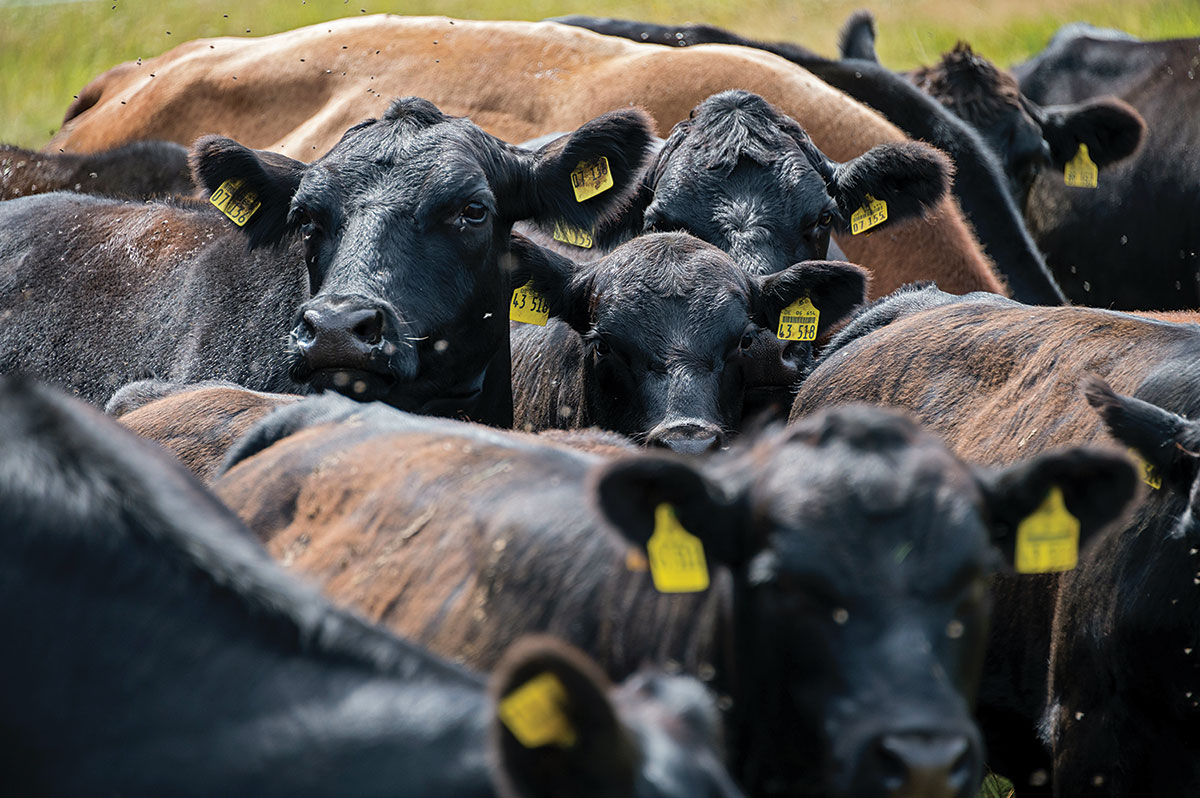Improving farming efficiency begins with good record keeping
How can we cut down waste? This is a question that those in the agricultural industry are constantly asking.
Shane Gadberry, a professor and extension specialist with the University of Arkansas, has spoken out about his thoughts regarding ways farming efficiency can be improved.
Gadberry has been involved in the agricultural industry professionally since 1997 when he began his career as an extension specialist who coordinated activities for the Arkansas Beef Improvement Program, which focused primarily on demonstrating methods to improve ranching efficiency.
“I grew up on a cattle and poultry operation and gain new farming experience every day as I interact with cattle producers and county extension agents across Arkansas,” said Gadberry.
According to Gadberry, improving efficiency begins with keeping records so there is both a benchmark and goal to obtain. Efficiency commonly examines the ratio of inputs and outputs.
“In a feedlot, production efficiency may be expressed as conversion ratios such as cost per pound of weight gain or feed consumption per pound of gain,” said Gadberry.
Gadberry approaches efficiency from a ranching perspective and stated that farm efficiency is closely related to management. Gadberry describes the process of efficiency with a common saying- you cannot manage what you do not measure.
Along with management, efficiency and waste go hand in hand. To cut down farm waste, one must identify the areas of waste. Agricultural wastes include, but are not limited to, crop residues, weeds, leaf litter and livestock waste.
“To improve efficiency, we are often trying to utilize resources that help improve efficiency and eliminate or reduce resources that reduce efficiency,” stated Gadberry.”
A financial measure in a cow/calf system may be the cost per 100 pounds of calf weaned. Lowering the cost per 100 pounds calf weaned means we’ve either cut some wasteful spending or improved herd reproduction and genetics.”







